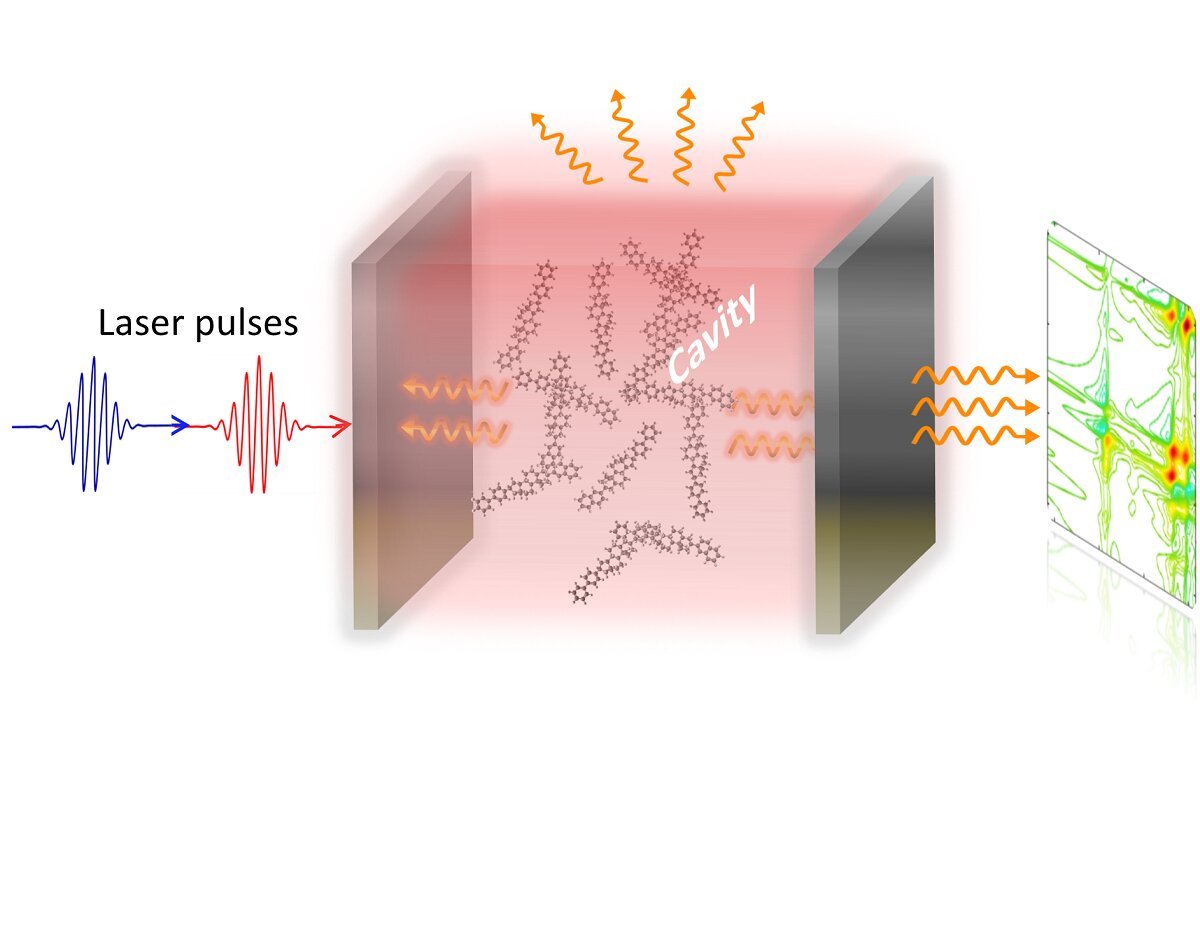A team at City University of Hong Kong led by a physicist has made significant advancements in the field of quantum photonics and quantum control. They have developed a groundbreaking quantum theory that explains the “light-induced phase” of matter and its potential applications in various fields.
The discovery of light-induced phases, which are additional to the conventional solid, liquid, and gas phases, has attracted considerable attention from scientists. These phases have the potential to revolutionize technologies such as optical communications, quantum computing, and light-harvesting.
The team, led by Dr. Zhang Zhedong, Assistant Professor of Physics at CityU, focused on understanding the ultrafast processes of photoactive molecules that occur on extremely short timescales. Existing theories were limited in explaining the transient properties and ultrafast processes when short laser pulses are involved.
To overcome these limitations, the team developed a novel quantum theory for the optical signals of light-induced phases. This theory integrates advanced quantum electrodynamics with ultrafast spectroscopy and allows for real-time analysis of excited state dynamics and optical properties of molecules.
One of the remarkable findings of the study is the wave-like behavior observed in the cooperative motion of a cluster of molecules, which was previously unattainable in conventional studies. Moreover, this collective motion can occur at room temperature, expanding the possibilities for precise control and sensing of particle motion. It also opens up new avenues of research, such as collective-driven chemistry and the study of photochemistry.
The implications of this new quantum theory are far-reaching. It can facilitate the development of next-generation light-harvesting and emitting devices, laser operation, and detection. The coherence resulting from light-induced molecular cooperativity may lead to brighter light emission. Additionally, the spectroscopic probes used in the research have the potential to advance optical sensing techniques and quantum metrology.
On a broader scale, light-induced phases have interdisciplinary applications in areas such as optical communications, biological imaging, chemical catalysis control, and energy-efficient light-harvesting device design.
Looking ahead, the researchers plan to further explore light-induced phases and their impact on quantum materials. They also aim to develop new spectroscopic techniques and detection methods within the context of quantum entanglement.
Source: City University of Hong Kong
